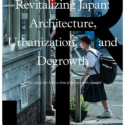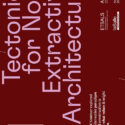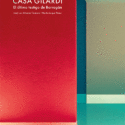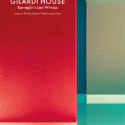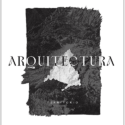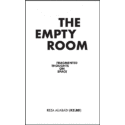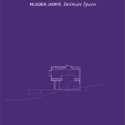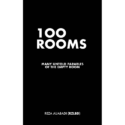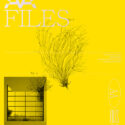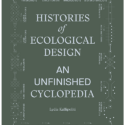Your Cart is empty
Revitalizing Japan
Architecture, Urbanization, and Degrowth
Mohsen Mostafavi and Kayoko Ota (eds.)
The shrinking and aging of the population is exacerbating the social decline in the regional cities of Japan. While excluded from the market-driven metropolitan areas, architects of the young generation are beginning to build ways of revitalizing regional cities through innovative design or new ways of practicing. This book features works by seven named or unnamed younger architects in Japan that preempt architectural responses to the post-growth condition, a gripping essay by community designer Ryo Yamazaki, and a captivating photo documentation by Kenta Hasegawa. Keynote essay by Toyo Ito.
With Contributions of
Toyo Ito, Kumiko Inui, Jun Aoki, Schemata Architects, Matthew Gandy, Kenta Hasegawa (photography), Ryo Yamazaki, and architects of the younger generation.

